Short skis are changing the game in freestyle skiing. Why? They’re lighter, easier to control, and perfect for quick tricks. Unlike long skis, which can feel bulky and slow you down, short skis let you turn faster, learn quicker, and carry them with ease. Whether you’re a beginner or a pro, they’re a solid choice for park tricks, tight terrain, or even urban skiing. Brands like Snowfeet* are leading this shift with compact designs that fit in your backpack and help you master skills faster.
Here’s the quick rundown on why short skis are worth considering:
- Control: Easier turns and faster response for tricks.
- Learning Curve: Great for beginners; less intimidating.
- Portability: Easy to carry, even on public transport.
- Versatility: Handle parks, moguls, and urban spots.
If you’re into freestyle skiing or want something more manageable, short skis might just be your next favorite gear. Ready to rethink your ride?
Short vs. Long Skis for Park Riding: The Guide to Finding Your Perfect Length! 🏂🤔 | Skiing Tips 2023
1. Snowfeet* Short Skis

Snowfeet* is shaking up the freestyle ski scene with its short ski designs, challenging the idea that longer skis are always better. These compact skis are proving to be a game-changer for freestyle training, offering unique benefits in several key areas.
Control
Snowfeet* short skis are all about precision and responsiveness. Thanks to their reduced swing weight, they make freestyle maneuvers feel effortless. Unlike traditional long skis, which can be clunky and slow to respond, these shorter skis react instantly to your movements.
"Reduced swing weight and enhanced maneuverability are critical for executing technical rail tricks and spins", say industry experts. As tricks get more complex, shorter skis provide the control needed for safe and precise execution.
Take the Skiblades (65 CM) priced at $635 or the Skiskates (44 CM) at $575. Both use a wood core construction that enhances control while keeping things lightweight. Their compact size means less ski to handle during intricate tricks, letting skiers focus entirely on their technique. Plus, their portability makes them perfect for skiers who are always on the move.
Portability
Traditional skis, like those from Salomon or Atomic, can be a hassle to carry, especially in urban settings or on public transport. Snowfeet* short skis solve this problem with their compact, easy-to-carry designs.
For example, the Snowfeet Mini Ski Skates (38 CM), priced at $250, are small enough to fit in a backpack - perfect for impromptu ski sessions. Even the longest option, the Snowfeet Short Skis (120 CM) at $775, is far easier to manage than standard skis that often exceed 150 CM.
Skill Development
These short skis are not just fun; they’re practical for learning. Their lightweight and responsive build makes it easier to experiment with jumps, twists, and other freestyle moves. Plus, falling is less intimidating with shorter skis, encouraging skiers to push their limits. This freedom to experiment helps improve agility and confidence on the slopes.
Multi-Purpose Use
One of the standout features of Snowfeet* short skis is their ability to handle various terrains. Whether you're hitting terrain parks, navigating moguls, weaving through trees, or even skiing in urban settings, these skis can do it all. This versatility eliminates the need for multiple ski setups, saving both money and hassle.
Take the Snowfeet PRO (50 CM), priced at $275. Its durable construction and adjustable bindings make it adaptable to different skiing conditions, proving that one piece of equipment can truly do it all.
Snowfeet* short skis offer quick responsiveness and a playful feel that sets them apart from traditional long skis. Their versatility and performance make them a compelling option for anyone looking to rethink their approach to freestyle skiing. Up next, we'll dive deeper into how these skis stack up against their traditional counterparts.
2. Long Skis
Traditional long skis, like those from brands such as Salomon, Atomic, and Rossignol, are built for stability and speed on open runs. But when it comes to freestyle skiing, they face some notable challenges compared to the nimble Snowfeet* short skis.
Control
Long skis may shine at high speeds, but their length adds extra swing weight, which makes quick spins and flips harder to pull off. This reduced agility can be a real hurdle for executing the sharp, precise movements freestyle skiing demands. Simply put, long skis aren’t built for the fast transitions and technical tricks that define freestyle.
Portability
There’s no sugarcoating it - long skis are bulky. Transporting them requires extra effort, often involving specialized carriers or racks. For freestyle skiers who move between training spots regularly, this can be a hassle. Compare that to Snowfeet* short skis, which are compact enough to toss in a backpack, and the difference is clear.
Skill Development
Long skis also come with a steeper learning curve. Their size and weight make them harder to maneuver, which can discourage beginners from trying out tricks. Unlike the playful, responsive feel of Snowfeet* short skis, traditional long skis can slow down progress and shake confidence for those just getting into freestyle.
Multi-Purpose Use
While long skis are great for deep powder and racing down slopes, they’re not as versatile when it comes to the mixed terrain you encounter in freestyle settings. This often means skiers need multiple pairs of skis for different conditions, which adds to costs and storage headaches. If you’re looking for one setup that handles park features and quick maneuvers, long skis aren’t the answer.
All these drawbacks make it easy to see why Snowfeet* short skis stand out for freestyle training. Their lightweight, portable design is a game-changer for skiers who value agility and convenience.
sbb-itb-17ade95
Advantages and Disadvantages
When it comes to freestyle ski training, the choice between short skis and traditional long skis can make a big difference in how you progress. Each option has its strengths and weaknesses, which can directly impact your performance on the slopes. Let’s break it down.
Short skis, like Snowfeet* products, are all about agility and quick learning. Think of them as the sports cars of the ski world - fast, responsive, and built for tight maneuvers. For freestyle skiers, this means faster skill development. Beginners can quickly get the hang of the basics, while advanced riders can experiment with creative tricks more easily. Plus, their compact size makes them super easy to carry around, which is a huge plus for athletes constantly moving between different parks and slopes.
But short skis aren’t perfect. They trade high-speed stability for maneuverability, which means they can feel less steady when you’re landing big jumps or cruising fast down open slopes. Traditional long skis, on the other hand, shine in these situations, offering more support and smoother landings. Long skis also perform better in deep powder, where the extra surface area helps with flotation - something short skis struggle with in fresh snow or backcountry conditions.
Here’s a side-by-side comparison to make things clearer:
| Feature | Short Skis (Snowfeet*) | Long Skis (Traditional) |
|---|---|---|
| Control | Quick turns and excellent responsiveness | Stable at high speeds but less agile |
| Portability | Lightweight and fits in a backpack | Bulky and harder to transport |
| Skill Development | Easy for beginners; fast learning curve | Slower to master, especially for novices |
| Multi-purpose Use | Great for parks, moguls, and tight spaces | Ideal for carving, powder, and big mountains |
| High-Speed Stability | Limited at high speeds | Excellent stability at speed |
| Safety for Beginners | Easier to control, lower risk for novices | Can be harder to handle for beginners |
So, which should you choose? If freestyle skiing, park tricks, and technical terrain are your main focus, short skis like Snowfeet* products are a fantastic option. But if you’re all about high-speed runs or love exploring powder-filled backcountry, traditional long skis might be the better fit. It all comes down to what kind of skiing experience you’re after.
Conclusion
Short skis, like Snowfeet* Skiblades, shine in freestyle training thanks to their unmatched agility, lightweight feel, and precise control. These qualities make them a go-to choice for skiers focusing on tricks, park features, or tackling technical terrains.
For beginners stepping into freestyle skiing, short skis offer a quick and confidence-boosting learning curve. Snowfeet* users often pick up the basics in minutes, avoiding the steep challenges that come with traditional long skis from brands like Rossignol or K2. Their forgiving design allows for safer falls and makes experimenting with new moves far less intimidating. This ease of learning paves the way for smoother transitions into mastering advanced tricks.
Experienced freestyle skiers also benefit greatly. The reduced swing weight of short skis enhances spins, flips, and rail tricks, giving skiers better control during complex maneuvers. Many park enthusiasts have even swapped their traditional long skis for shorter alternatives, citing the improved precision and control as game-changers for technical riding.
Short skis aren’t just limited to the terrain park - they perform well in tree runs, moguls, and more. Unlike traditional setups that require specialized gear for different conditions, Snowfeet* products adapt seamlessly to various terrains. This makes them perfect for skiers in the U.S. who value flexibility and spontaneity in their gear, whether it’s a quick trip to the slopes or an all-day freestyle session.
When it comes to freestyle training that emphasizes creativity and maneuverability, Snowfeet* Skiblades offer a clear advantage over traditional long skis. Even for those who worry about high-speed stability, the trade-off for better control and agility in freestyle settings is worth it.
The rising popularity of short skis marks a shift in the skiing world, with Snowfeet* challenging old notions about ski length and performance. For freestyle skiers eager to have more fun, progress faster, and unleash their creativity on the slopes, short skis are a refreshing alternative. Snowfeet* continues to push the boundaries of freestyle skiing by combining innovation with practicality, offering skiers a whole new way to enjoy the sport.
FAQs
What are the advantages of short skis compared to traditional long skis across different terrains?
Short skis, like those from Snowfeet*, bring a fresh twist to skiing by prioritizing control, portability, and adaptability. Unlike traditional long skis, these compact versions make it a breeze to maneuver through tight spots, pull off tricks, and tackle different types of terrain - whether you're cruising groomed runs, hitting the park, or venturing off the beaten path.
Their smaller size boosts agility, giving skiers - especially those into freestyle - a sense of freedom and confidence to push their limits. Plus, they’re lightweight and super easy to carry, making them ideal for anyone who values convenience and fun over the bulk of traditional gear. Snowfeet* is flipping the script on the "longer is better" mindset, showing that shorter skis can deliver an exciting, more dynamic ride on the slopes.
Are short skis a good choice for beginners learning freestyle skiing?
Short skis, like those made by Snowfeet*, are a great pick for beginners trying out freestyle skiing. Their smaller size gives you more control, making it less intimidating to learn tricks and maneuvers.
Plus, they’re lightweight and easy to carry, so you can focus on enjoying yourself while gaining confidence on the slopes. Snowfeet* delivers a design that’s both versatile and easy to use, making it an ideal choice for anyone starting out in freestyle skiing.
What makes Snowfeet short skis unique compared to traditional skis and snowboards?
Snowfeet short skis are shaking things up on the slopes by blending convenience, mobility, and simplicity. Unlike traditional skis or snowboards, these compact, lightweight skis let you skip the bulky gear. You can strap them on with regular winter shoes, snowboard boots, or ski boots - easy as that.
Their shorter length gives you more control and agility, making them ideal for freestyle practice or just having a blast with more freedom on the mountain. Snowfeet flips the old idea that "longer skis are better" on its head, showing that smaller, clever designs can bring a whole new level of fun and flexibility to skiers of all skill levels.







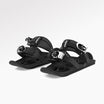
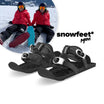
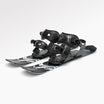
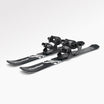

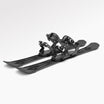

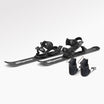






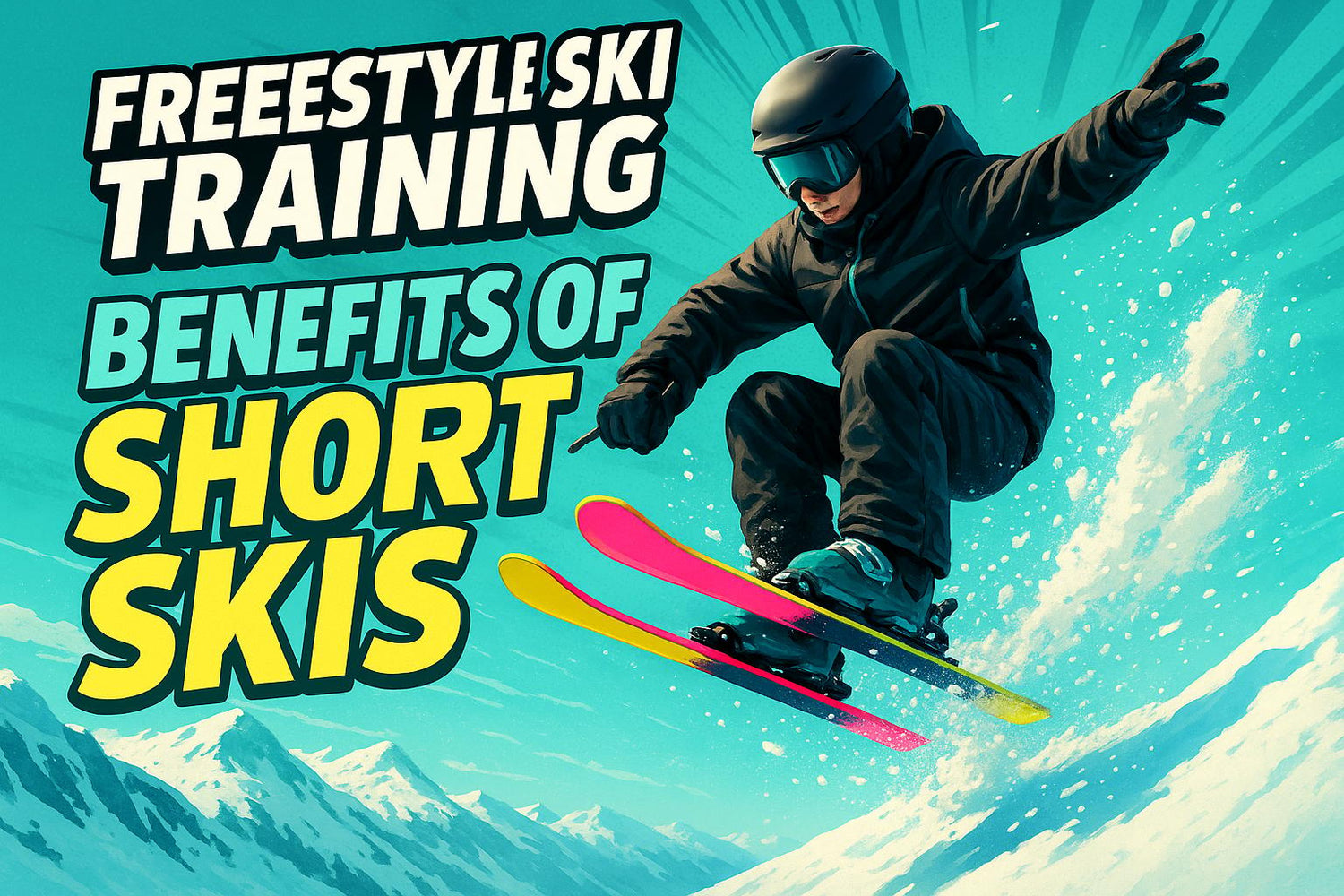

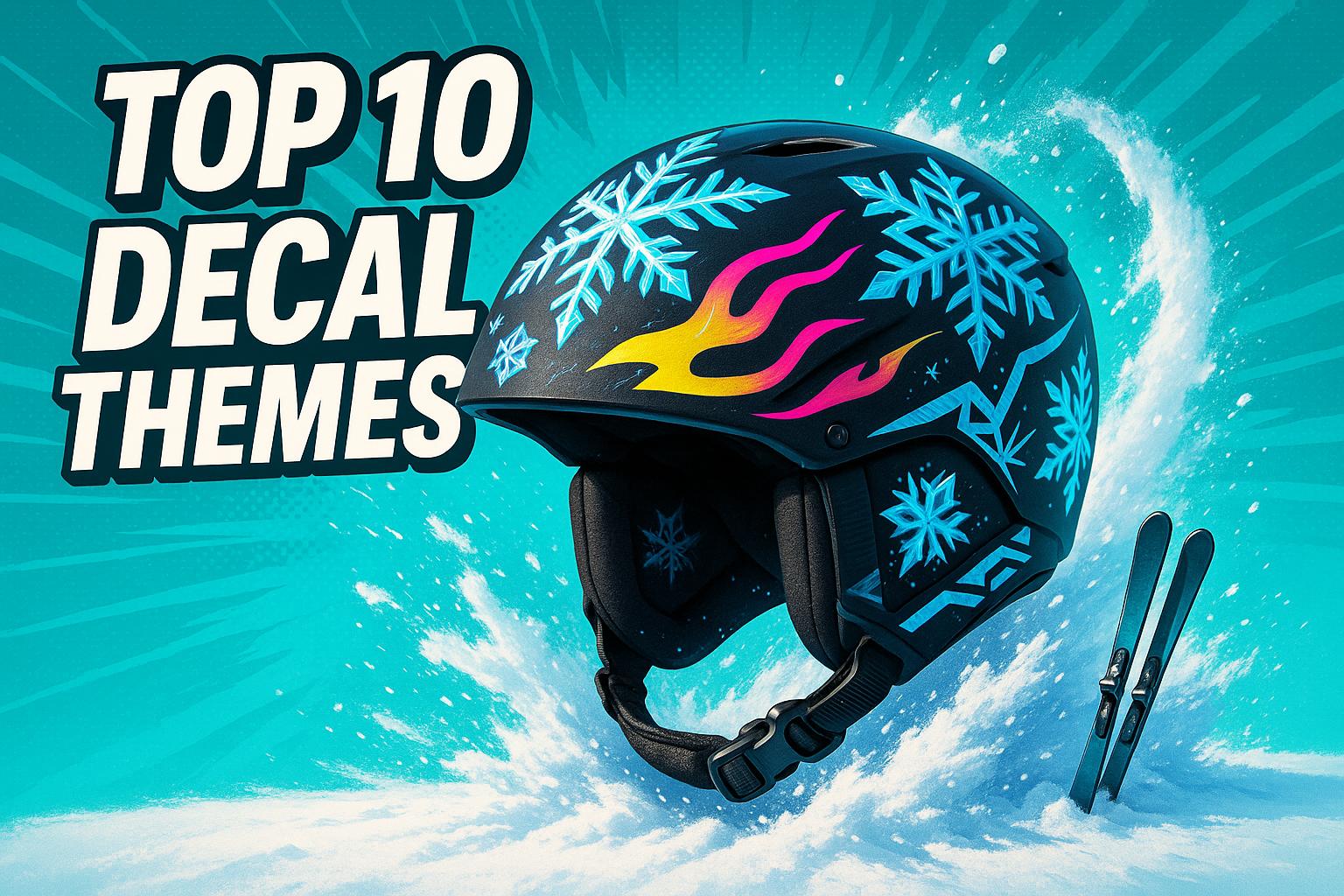




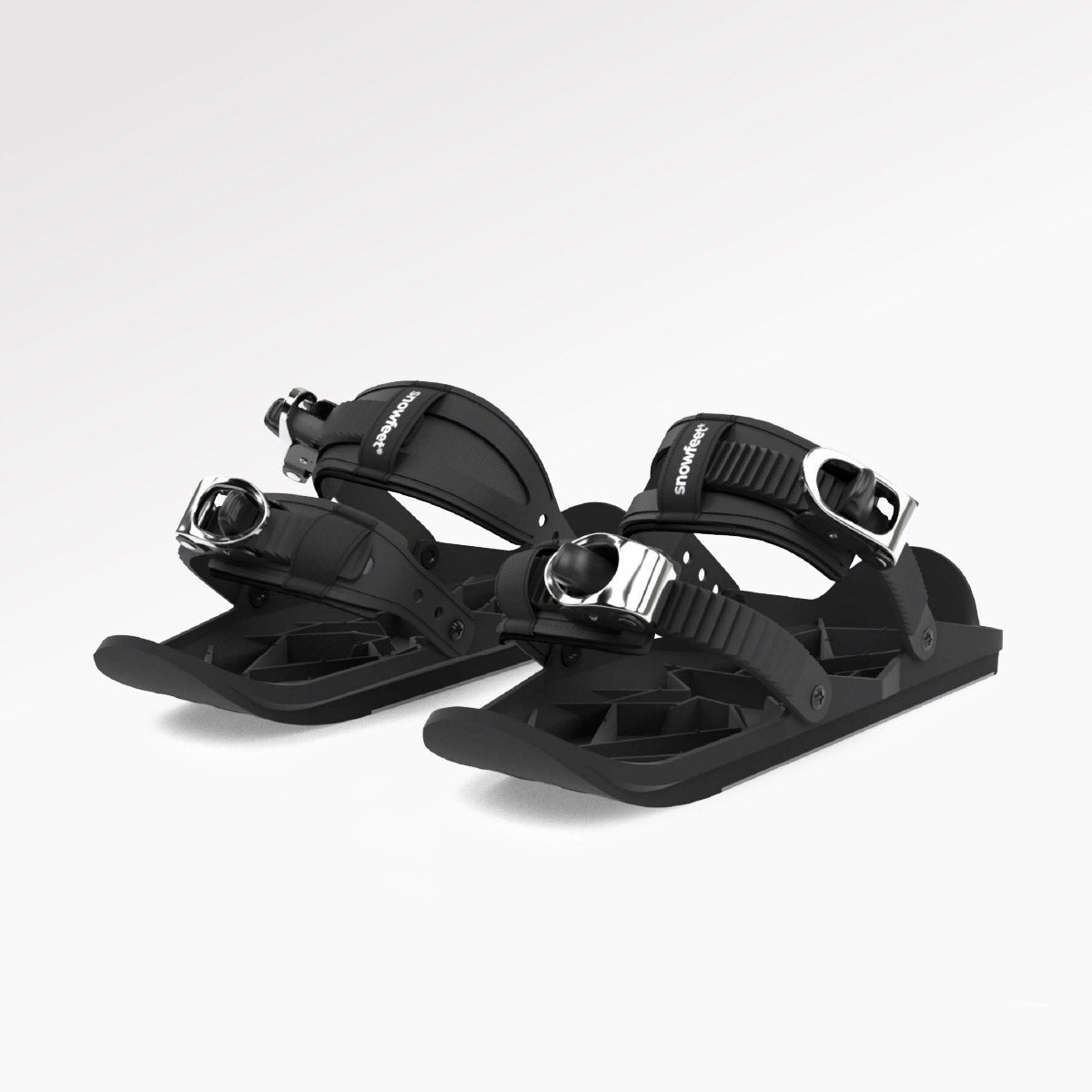
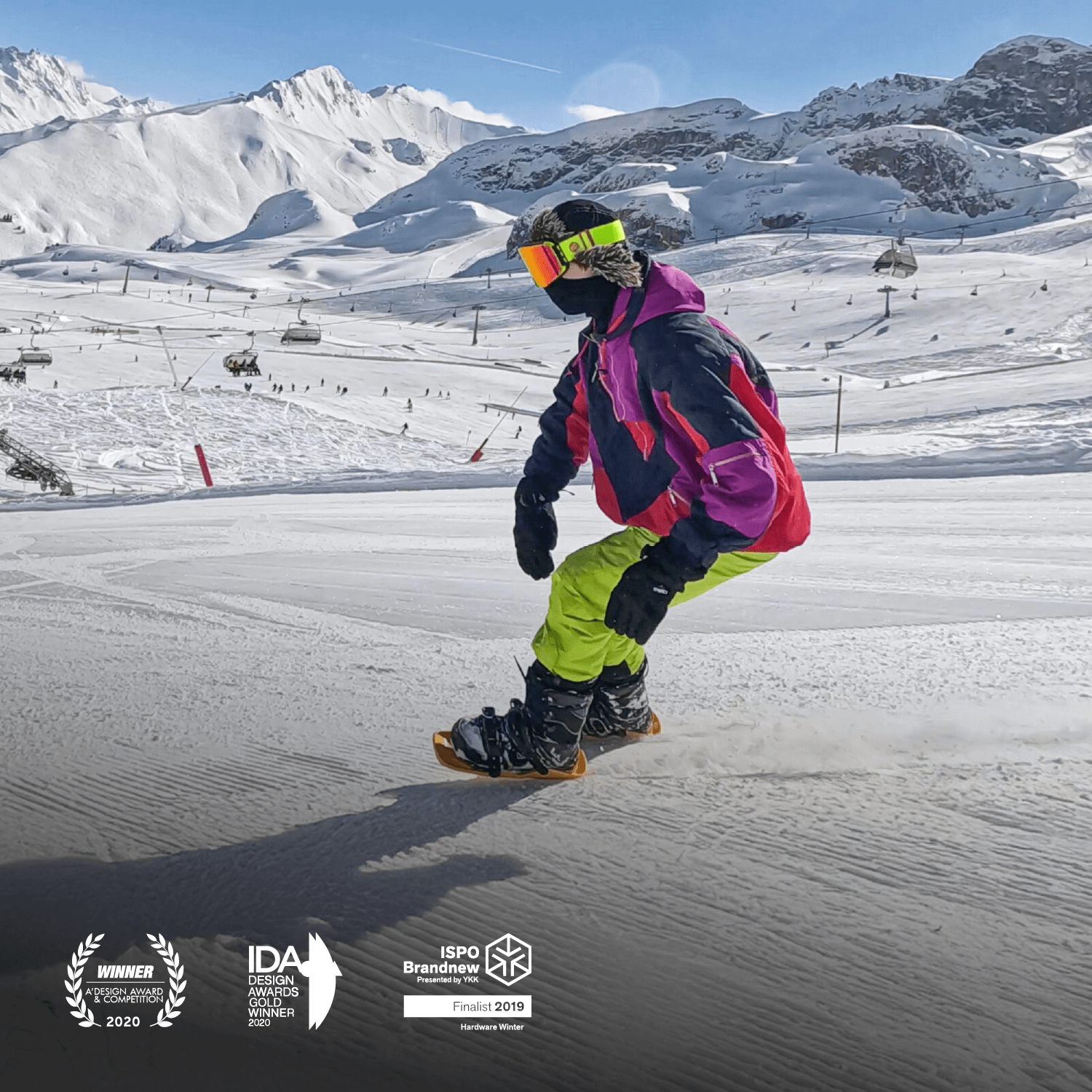
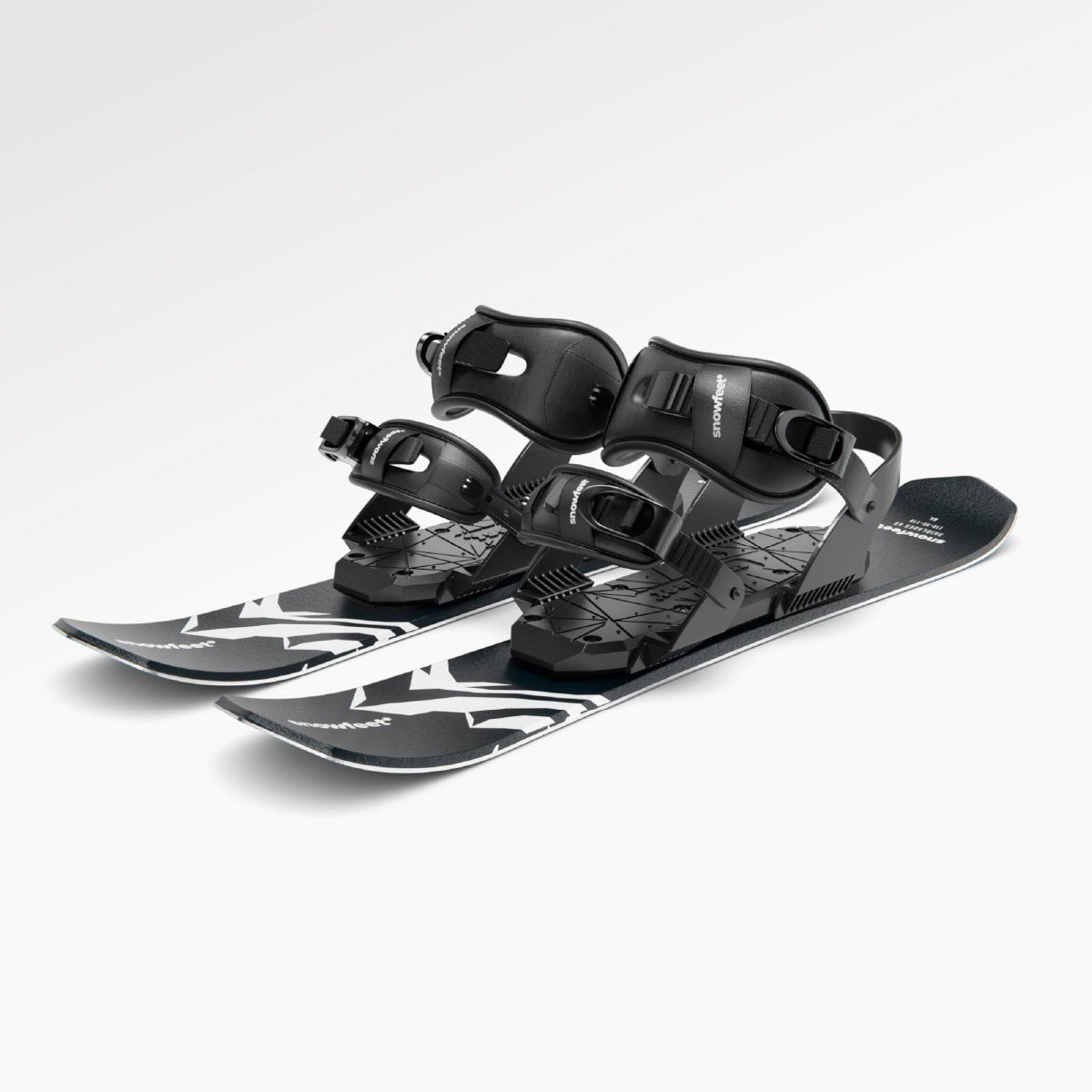

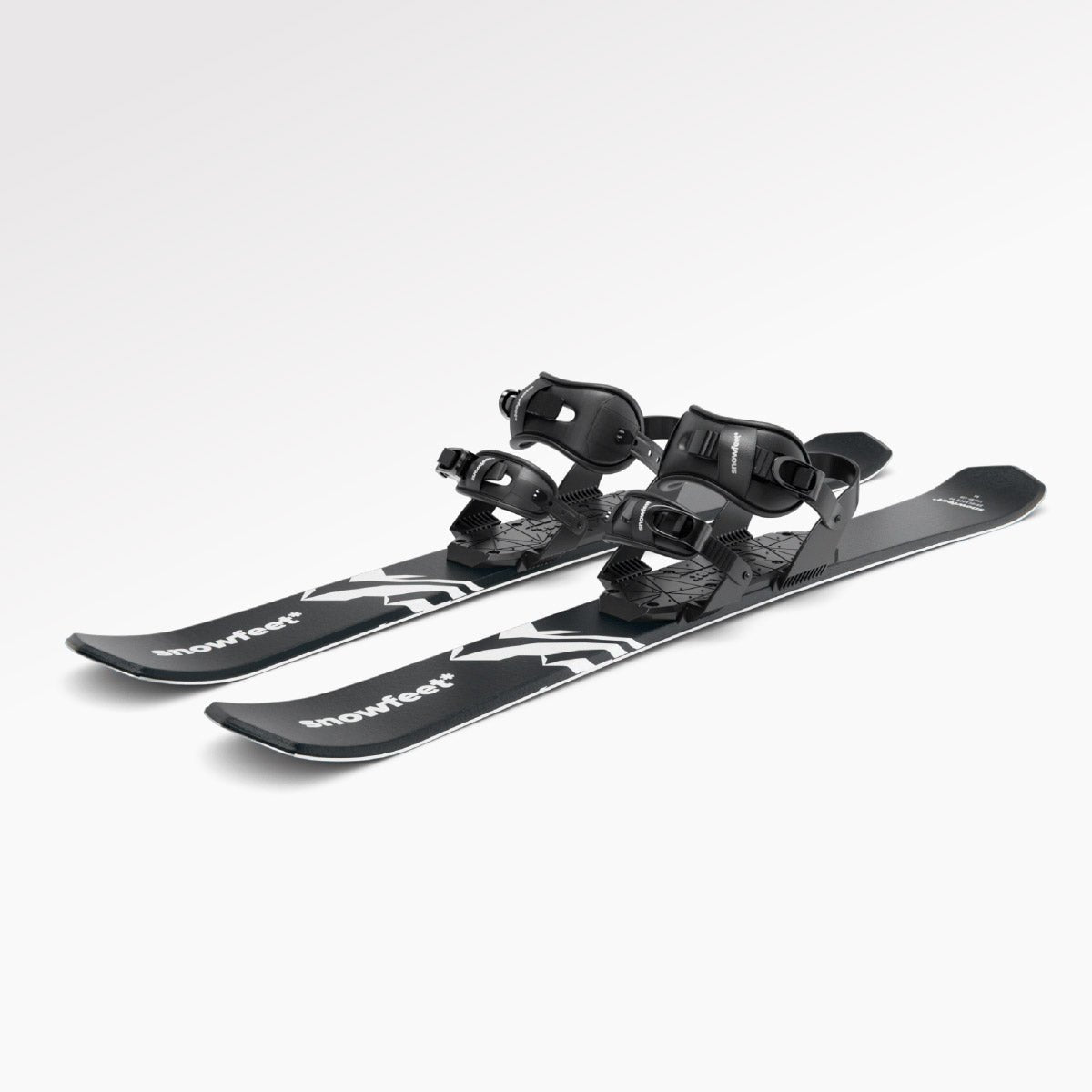

Deja un comentario
Este sitio está protegido por hCaptcha y se aplican la Política de privacidad de hCaptcha y los Términos del servicio.